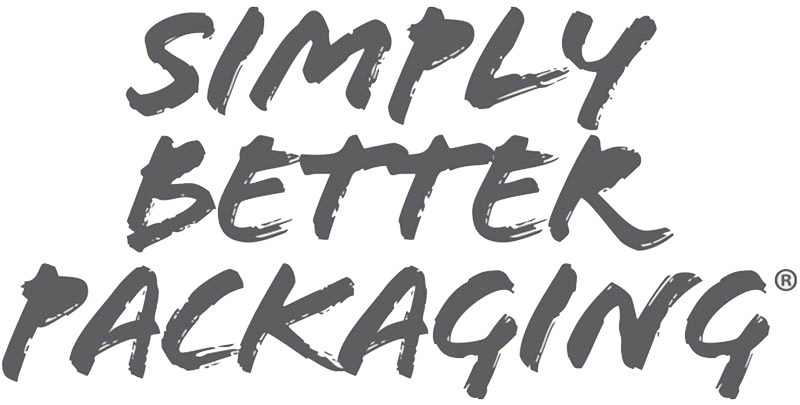Carbon Offsetting

Companies and businesses have been looking to cancel out their emissions, and often look towards carbon offsetting. The idea of carbon offsetting is that any carbon-emitting process can be offset by paying someone else to do so [1]. This can include reforestation, renewable energy projects, carbon capture and storage, and energy efficiency initiatives to name a few [2]. The individual or company who wants to participate pays someone else to do these actions such as planting the trees. Carbon credits are tradeable units that represent carbon offsetting practices, and one carbon credit represents 1 ton of carbon dioxide that is removed from the atmosphere [3]. These can help companies in some industries that can’t eliminate emissions reach their emissions reduction goals like the cement industry where many carbon emissions come from necessary processes [2]. Many companies have taken part in this initiative including Google, Apple, ExxonMobil, Microsoft, Amazon, and more to reduce their carbon footprint [4]. Nestle was another example of a company that used carbon offsets but recently moved away as they weren’t necessary for their plan to achieve net zero greenhouse gas emissions and are instead focusing on reducing emissions within their own supply chain in order to achieve carbon neutrality [5]. Many other companies are also becoming more hesitant or are moving away from buying these credits due to the lack of credibility [6].
In theory, this seems like the right way to approach carbon emissions reductions, but there are many flaws currently with this system.
- Additionality: this refers to how the carbon offsetting projects add to what was already going to be done. For example, a farmer could have already been planning to not cut down his trees but is now receiving money for not doing so. In this case, there is no added environmental benefit as the trees wouldn’t have been cut down anyway [7].
- Lack of consistent verification and standards: it is hard to verify how beneficial these projects are, and there is currently a lack of consistent standards [7].
- Leakage: this refers to the negative unintended consequences of the carbon offsetting efforts. This can include emissions reduction in one area leading to an increase in emissions in another, or a logging company using another plot of land versus the one that was paid for to preserve [7].
- Community Conflicts: in some instances, while these carbon offsetting initiatives may benefit the environment, certain communities may be negatively impacted. For example, in India, forest-dwelling people were kicked out to create more land for these initiatives. An instance also occurred in Kenya, where the Sengwer people were removed from their ancestral lands as part of a government initiative to reduce deforestation [1].
As a result of these issues, many companies have been moving away from carbon credits. We have seen a few companies get in trouble for their claims being misleading, including Delta who is currently facing a lawsuit over their $1 billion carbon offsetting practices as it has been seen as misleading [8].
[1] Carbon offsets: What are they and do they work? | CNN Business
[2] Carbon credits: Scaling voluntary markets | McKinsey
[3] What are carbon credits? How fighting climate change became a billion-dollar industry (nbcnews.com)
[4] 101 Companies Committed To Reducing Their Carbon Footprint (forbes.com)
[5] Nestlé to walk away from ‘carbon neutral’ claims – Just Food (just-food.com)
[6] Many Companies Are Shying Away From Carbon Credits (wsj.com)
[7] Should You Buy Carbon Offsets? (nrdc.org)
[8] Delta Air Lines faces lawsuit over $1bn carbon neutrality claim | Carbon offsetting | The Guardian
ABOUT PLACON
Since 1966, Placon has been a leading designer and manufacturer of innovative and sustainable plastic packaging for medical, food, and consumer goods markets. Placon has manufacturing operations in Madison, WI; West Springfield, MA; Elkhart, IN; and Plymouth, MN, and is currently ranked in the Top 20 in Plastics News 2024 Thermoformers Rankings. Placon delivers packaging breakthroughs that inspire better engagement between people and products.





